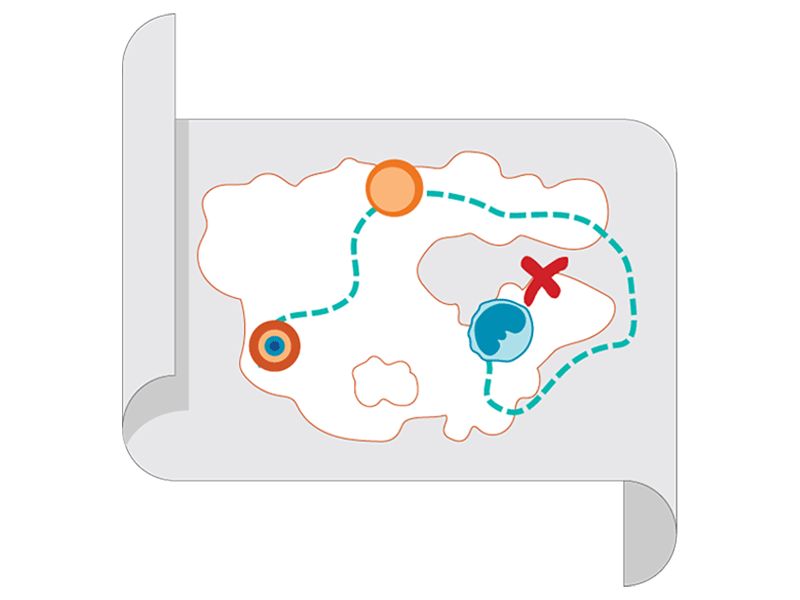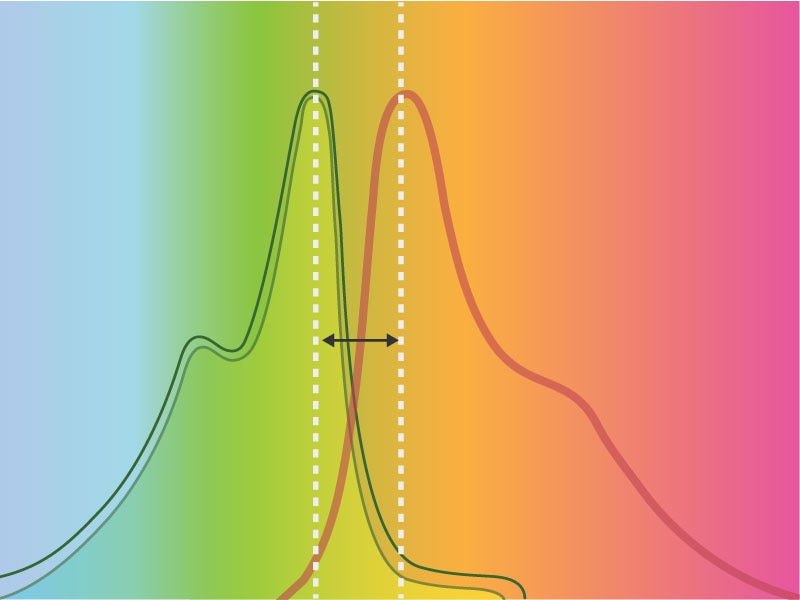Old Browser
Looks like you're visiting us from {countryName}.
Would you like to stay on the current country site or be switched to your country?
Reagent Selection Tools
For Professionals in Research
Find a comprehensive assortment of reagent selection tools to simplify and efficiently navigate your product selection process.
Clone Comparison Tool
A tool for side-by-side comparison of antibody clones against the same antigen. Quickly review scientific details, qualified applications and available formats to select the best antibody clone for your experiments. Choose from available antigens and fluorochromes in our catalog.
Interactive Human Cell Map
An interactive guide to the protein signatures that define human immune cells. This tool also showcases a collection of preoptimized panels that can be used to study populations of interest. This simple-to-use tool can help you identify your population of interest efficiently, learn about defining markers and assess the performance of preoptimized multicolor panels useful for characterizing populations of interest.
Absorption and Emission Spectra
A tool that readily allows viewing histograms representing the absorption and emission spectra for each BD fluorochrome. Enables easy decision making on which fluorochromes to use based on their relative emission spectra.
BD FACSelect™ Buffer Compatibility Tool
A tool to quickly assess buffer and reagent compatibility. This tool provides real experimental results for cells that have been processed using different variables including blood source, fixation or permeabilization buffers, fluorochromes, staining sequence and antibody titration. Offers result sorting by antibody specificities, lasers, fluorochrome, clone, specifies, localization (surface vs intracellular), cell source or staining protocol to help you quickly make your product selection.
Refer to manufacturer's instructions for use and related User Manuals and Technical Data Sheets before using this product as described.
Comparisons, where applicable, are made against older BD technology, manual methods or are general performance claims. Comparisons are not made against non-BD technologies, unless otherwise noted.



